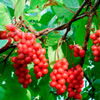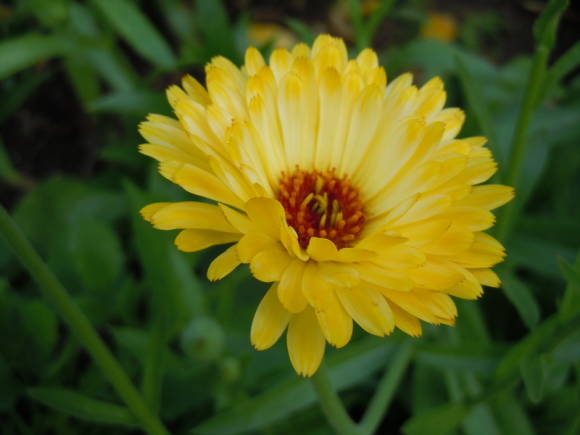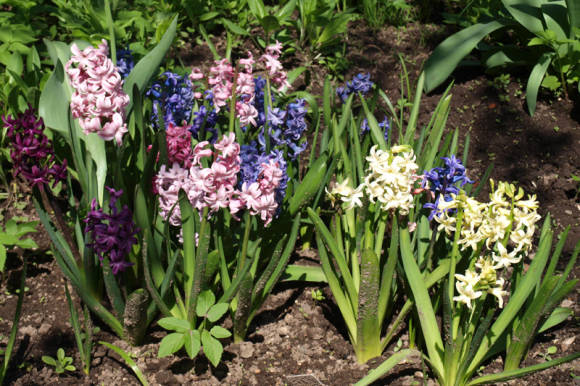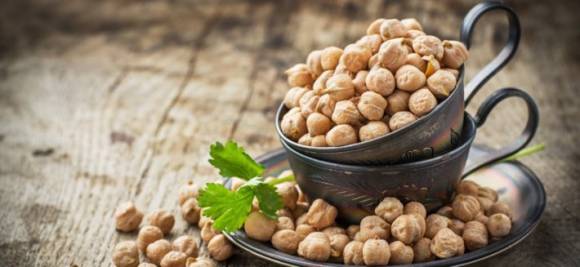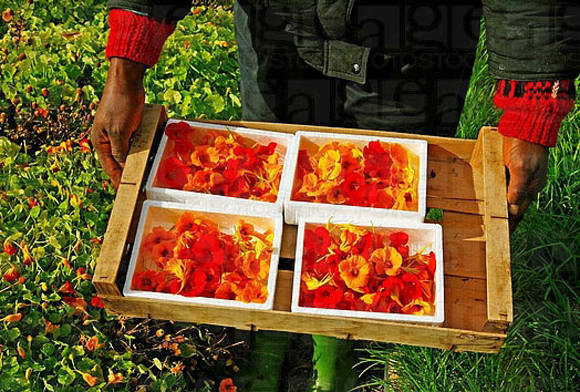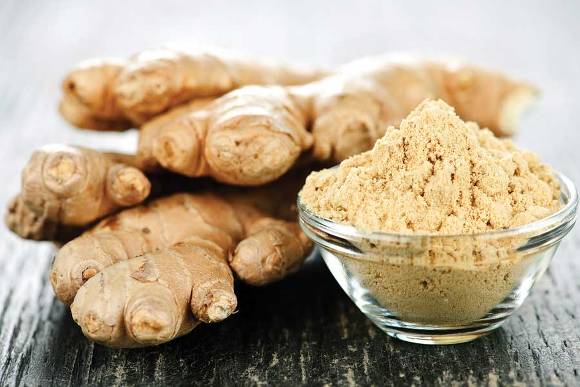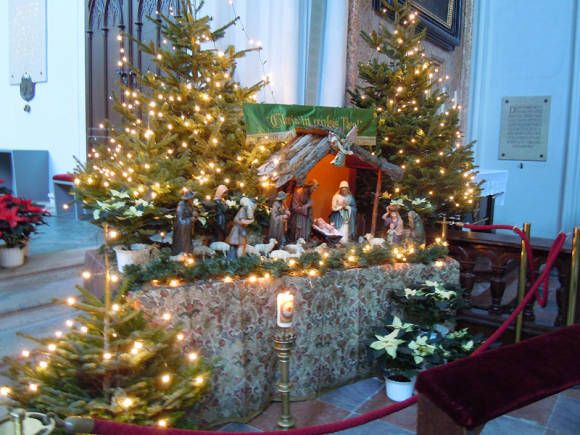
Today, it is impossible to dispute the fact that mulled wine has become a kind of winter standard, the same part of the national culture of many peoples living in countries with cold climates, like giving gifts, installing fireplaces in houses and love for rugs made of bear skins.
Mulled wine is a hot alcoholic drink usually based on red wine heated to 70-80 degrees, with sugar and spices. Mulled wine is a traditional Christmas drink in Austria, Germany, Switzerland, England, the Czech Republic and the Scandinavian countries, it is one of the main attributes of Christmas markets and outdoor Christmas festivities. Mulled wine has gained such wide popularity due to its amazing warming effect, which comes in handy in the cold winter season. True connoisseurs of this unique drink claim that it is not only able to warm the body, but also put in order the thoughts and calm the soul.
Depending on the country of origin, mulled wine can be called differently, for example, Glogg or Glogg (Sweden, Norway), Vin Chaud (France, Belgium), Glühwein (Germany), (Mulled Wine ) (England and USA), Svarene vino (Czech Republic) or Vin Brulé (Italy). Most other countries in the world also have their own names and traditions for mulled wine, from candola in southern Chile and voralt-bor ("boiled wine") in Hungary, to bisschopswijn ("bishop wine") in the Netherlands and caribou in the Canadian province of Quebec. where this drink is necessarily mixed with maple syrup.
The popularity of this drink is so great in the world that there are already two holidays in his honor - National Mulled Wine Day, which is celebrated annually on March 3 in the United States, and Mulled Wine Spice Smell Day, celebrated in European countries on September 18.

Modern traditions of serving mulled wine and its preparation also differ. Traditionally, mulled wine is served with almonds, spiced gingerbread cookies or special sweet cookies to be dipped into a glass of drink.
Glühwein, a popular German version commonly sold in Christmas markets, is seasoned with cinnamon sticks, cloves and star anise. Traditionally, gluwein is served with gingerbread men, flavored with even more sugar and spices.
Glogg, which is served in Scandinavian countries at Christmas, is seasoned with cinnamon sticks, cardamom, ginger and bitter orange. As in Germany, it is traditionally served with gingerbread cookies, although in Norway it is often served with rice pudding, an essential ingredient in any Norwegian glögg party.
Mulled wine history

The history of this drink is rooted in the distant past.
It is believed that the first version of mulled wine was "invented" by the ancient Greeks. The ancient Greeks were the kind of people who could find useful use for almost everything. According to historians, most likely mulled wine was born from not very successful wine in a year when the grape harvest was extremely poor. To prevent losses in the economy and increase the amount of alcohol suitable for consumption, the cunning ancient Greeks added spices to bad wine and thereby improved its taste. True, the teachings believe that they did not heat it up.
The ancient Greeks named their spicy wine "hippocras" "hippocras", after the very father of medicine, Hippocrates. Although the name of Hippocrates was probably added after the death of this great man.
The ancient Romans, eternal imitators of the Greeks, were the first to learn how to heat their wine with spices. They called it "Conditum Paradoxum" and it is interesting that a version of this recipe is still sold today in Italy.
A 5th-6th century Roman cookbook, written by a guy named Apicius, details the recipe for an ancient Roman mulled wine.It was a mixture of one part of wine and one part of honey, which was boiled over low heat, and then pepper, bay leaves, saffron and dates were added to it.
With the development of trade along the Silk Road during and after the Roman Empire, new spices such as ginger, cardamom, cinnamon and nutmeg appeared in Europe and improved the quality of food and drink throughout the continent.
The popularity of mulled wine rose sharply in the Middle Ages, when the knowledge came to Europe that adding spices to food and drinks not only significantly improves their taste, but also makes people healthier. In addition, do not forget that in those days the selection of wines was not that great. In addition, hot alcoholic beverage has become an effective way to combat the winter cold, at least for a while. Therefore, it is not surprising that interest in mulled wine just skyrocketed in countries such as Germany and Austria, as well as in the Scandinavian countries, while in more southern countries, the popularity of this drink has declined.
One of the oldest documented occurrences of gluwein in Germanic history dates back to 1420. In Germany, in one of the museums, there is a gilded mug of a special shape that belonged to a German nobleman. He only used this mug to regularly sip on this sweet and spicy liquid.
Interestingly, the very German word "Glühwein" is directly translated as "glow of wine." This name comes from the red hot irons used in the Middle Ages to heat wine in Germanic cultures when the drink became very popular.
Gluwein is still one of the most popular foods in German Christmas markets. According to German statistics, more than 50 million servings of mulled wine are sold and drunk annually on holiday bazaars on winter holidays! And the popularity of Scandinavian glögg is now rising to a new level with the addition of stronger alcoholic drinks such as brandy or vodka to the recipe.
One of the medieval recipes for mulled wine has come down to us on the pages of the culinary book "Pearls of the Good Housewife" by the British writer Thomas Dawson, dated 1596.
“Take a gallon of white wine, two pounds of sugar, cinnamon, ginger, long pepper, and cloves. You should grind and knead all kinds of spices a little, add sugar and wine to them, pour the mixture into an earthen pot and leave it like that all day. And then warm up the mixture well and drink like that. "

English scholars have established that the first use of the word mulled as a verb meaning "to heat, sweeten and flavor with spices" was officially introduced into the English language in 1618, in the late Middle Ages.
The modern understanding of mulled wine in England has remained largely unchanged since the Victorian era, when mulled wine became the perfect and fashionable drink for the festive winter season.
Even the famous Charles Dickens described a version of a mulled wine recipe called "The Smoking Bishop" in his 1843 novel A Christmas Carol. The British believe that this became the official establishment of mulled wine as a Christmas drink.

Most modern English versions of mulled wine have orange, cinnamon, nutmeg, cheap dry red wine, and some port or brandy.
In general, on the European continent, mulled wine became firmly associated with Christmas in the 1890s, when all over Europe they began to bottle this drink in bottles with the image of Santa Claus, which were a valuable holiday gift to the table. Since then, mulled wine and Christmas have gone hand in hand, albeit with variations that exist around the world.
There is an English saying about mulled wine: "The most wonderful time of the year does not really begin until you have enjoyed your first cup of mulled wine."And the Germans say: "A hot cup of mulled wine is a great way to drink Christmas in a glass and survive the cold season with a comfortable glow in the shower."
Regardless of which name mulled wine lives under, it always uses the same basic ingredients: red wine, cloves, nutmeg and cinnamon sticks, although each country has its own preferences for the recipe for this winter favorite.
Mulled wine is prepared on the basis of wine (usually red), which is heated without boiling, while adding various spices and sugar to it. Some mulled wine recipes contain, in addition to wine, other alcoholic beverages, such as cognac or rum. Various formulations of this drink may also include dried fruits, nuts, apples, lemon or orange peel, lemon, orange, cherry or pomegranate juice, honey and other components. Mulled wine is drunk hot.
The classic recipe for mulled wine is considered to be a drink made from dry red wine, a mixture of spices from dry cloves, nutmeg, cinnamon, zest and orange juice and sugar. Sometimes wine for classic mulled wine is diluted with water.
In fairness, it should be noted that mulled wine is also made from white wine. More often this recipe is used in Germany for those who prefer a lighter drink. This goes against the traditional recipe for mulled wine, but the resulting drink can be quite enjoyable if prepared properly.

When preparing white mulled wine, choose a bottle of dry white fruit wine. It is added to a cooking pot along with a thick slice of orange, 2 tablespoons of honey, a cinnamon stick, anise, two cardamom pods, a cube of ginger and 75 ml of apple brandy. Warm up gently for 20 minutes and the white gluwain is ready!
Non-alcoholic mulled wine can be prepared by replacing the wine with fruit juice or by boiling the wine mixture until the alcohol has completely evaporated.
There are a lot of recipes for making this very popular drink. The taste and aroma of mulled wine depends precisely on the correctly selected combination and proportions of spices.
Of course, wine is king in this hot drink. But it is the spices in mulled wine that are the entourage that gives it an amazing taste and aroma.
To prepare mulled wine, you need to take whole, not ground spices so that a sediment does not appear in the drink, which will make it cloudy.

The main spices used in mulled wine
- Carnation. Small dried clove buds are a classic ingredient in mulled wine. Their accentuated aroma and sharp characteristic taste largely determine both aromatic and gustatory components of mulled wine. Cloves are added not only to red, but also to white wine. Eminent chefs recommend first sticking the clove buds into a lemon wedge, and only then immersing it in a container with a brewing drink.
- Cinnamon. Another classic ingredient found in most recipes. Experts say that without the enchanting aroma and sweetish taste of cinnamon, there is no mulled wine.
- Nutmeg. In mulled wine, this component is responsible for the characteristic tart, slightly pungent and spicy taste. It is recommended to add it to wine at a very early stage in the preparation of the drink for a more complete disclosure of its properties.
- Pepper. It would be more correct to say - peppers, because in mulled wine you can use a variety of its varieties - individually or in composition. Black pepper will add a powerful spicy flavor to the drink. Red pepper is a more aromatic and more sophisticated pepper note. Good restaurants can offer you mulled wine with Jamaican or allspice. It takes a professional to use these types of peppers in a recipe. Due to the fact that peppers contain a whole range of pungent spicy notes and shades, the utmost care is taken when preparing mulled wine.A mistake can lead to the fact that the taste of mulled wine can be irrevocably spoiled.
- Cardamom. This is also a classic ingredient in mulled wine. He is able not only to enrich the drink with amazing taste and aroma properties, but also to add originality to almost any recipe.
- Badian. This spice has a delicate and refined scent. In order for it to convey its aroma to the mulled wine as fully as possible, it is among the first to be poured into the pan.
In addition, in various recipes for making mulled wine, there are:
- Anise. It is generally accepted that anise is best combined with cloves and cardamom. But not everyone likes this smell, so whether or not to put it in the drink is up to everyone.
- Ginger. The bright spicy aftertaste of ginger is able to dominate the softer spicy tones in the composition of the drink. Therefore, ginger in mulled wine is appropriate in very small doses.
- Coriander. It goes well with both red and white wines. It is added to mulled wine in the Caucasus countries, as well as in Armenia.
- Bay leaf. This is a rather rare guest in the company of spices of European mulled wine. It must be used very carefully, and added to the pot almost before the pot with the drink is removed from the heat. However, many gourmets create their own unique recipes with lavrushka.
- Mint and lemon balm. Frankly speaking, a controversial choice for mulled wine, because these herbs are more suitable for warmed white wine. However, as they say, the taste and color .. therefore there are several recipes for mulled wine, which cannot be done without them.
- Saffron. A noble and completely self-sufficient spice. Saffron will give mulled wine its pleasant, recognizable scent. It is very difficult for saffron to find the right "company", so if you are preparing a drink with a lot of ingredients, then you should not add it.
Today, stocking up on everything you need to make this healthy and tasty drink will not be difficult. Many supermarkets and specialty spice shops offer a wide variety of flavors and flavors to create the one you like best.
And do not forget that you have every right to create your own unique recipe for mulled wine, so if you like aromatic herbs growing in your native forests and fields, you can safely experiment with peppermint, lemon balm or St. John's wort in search of your own signature composition of this magical drink.
Mulled wine recipes:
- French mulled wine
- Italian mulled wine
- Czech mulled wine
- German mulled wine
- Scandinavian mulled wine or glögg
- Apple mulled wine with berries and orange liqueur
- Non-alcoholic mulled wine with blackberries and spices
- White honey mulled wine with dried apricots and vanilla
- Mulled wine with brandy, figs and clementine "a la classic"
- Mulled wine with port and citrus
